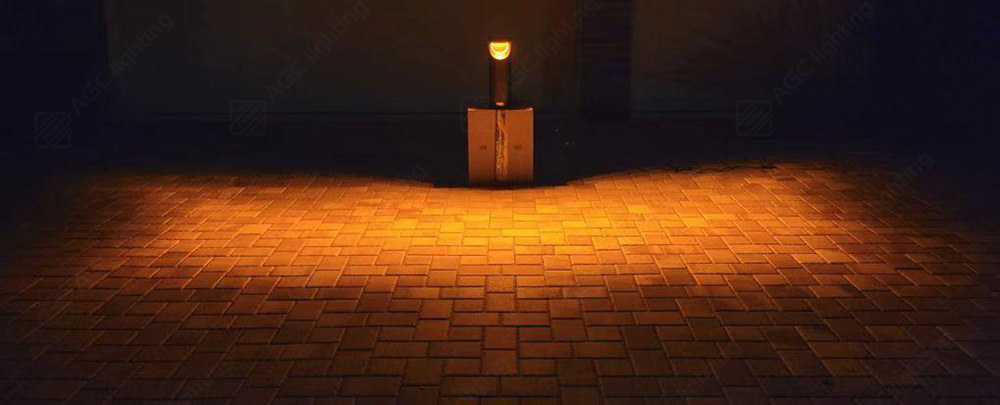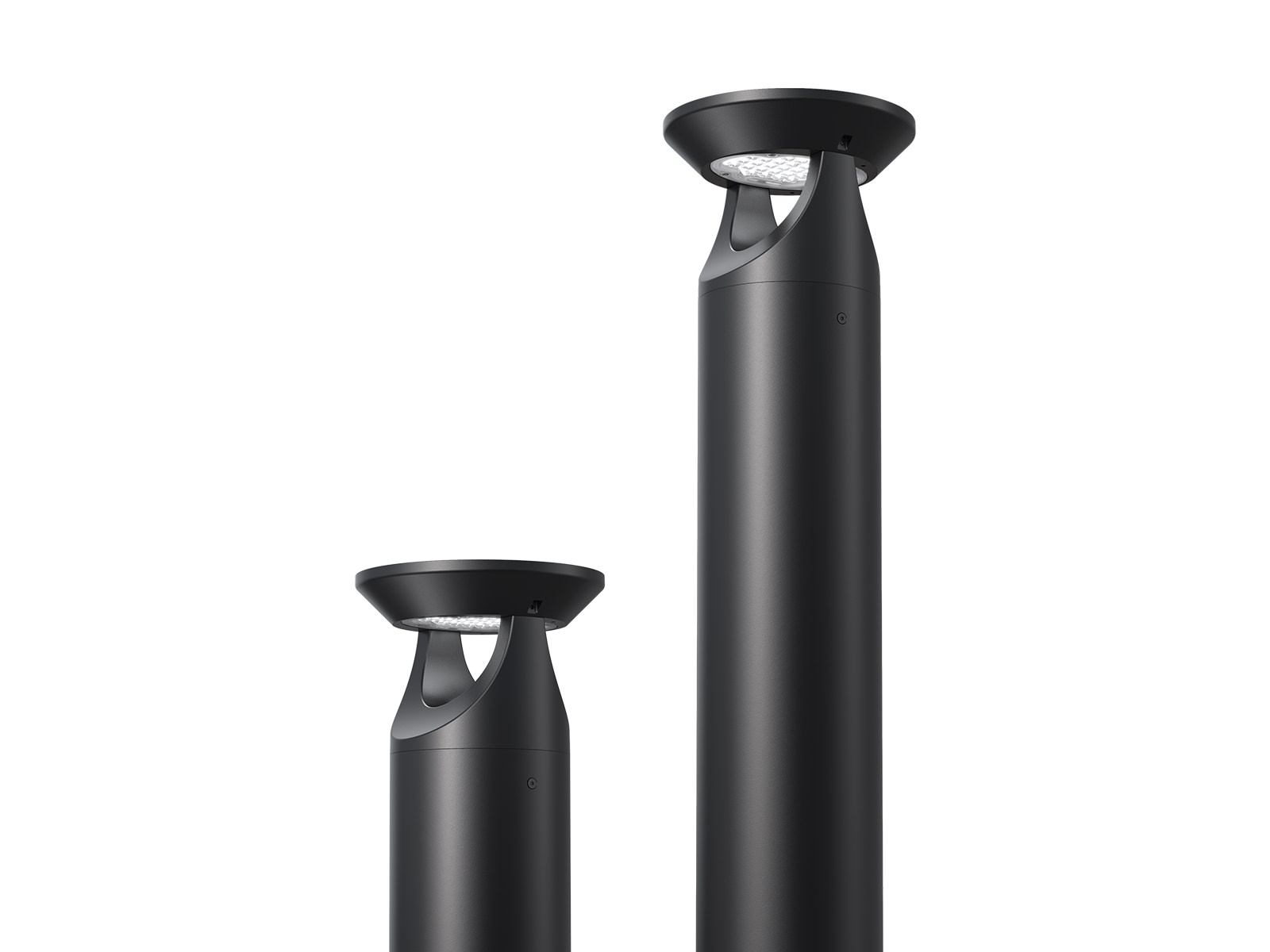Amber light is a type of light that has a yellow-orange color. Due to its longer wavelength, it is easier for the human eye to see in low-light conditions, making it an ideal choice for traffic signals and other safety devices. Additionally, amber light is less disruptive to wildlife, making it a popular choice for decorative lighting of buildings and landscapes. While traditional light sources like HPS lights can emit amber light and create a cozy atmosphere, they are often less efficient and can be harmful to the environment.
This is where amber LED lights come in. Not only do they emit a pleasing light color, but they are also energy-efficient and have numerous benefits for nostalgic landscapes and wildlife (such as turtles and insects). By using amber LED lighting, we can create a warm and inviting atmosphere while also being mindful of our impact on the environment. In this blog post, we will explore the benefits of amber LED lighting and how it can be used to enhance nostalgic landscapes and protect wildlife. We will also show you some tips to choose the right amber LED lights.
Benefits of Amber LED lighting
Amber LED lights can save more energy and money than traditional lights. They can also create a charming and nostalgic ambiance in various settings. Their warm, yellow-orange glow closely resembles the color of natural amber, evoking a sense of comfort and nostalgia. However, the advantages of amber LED lights extend beyond aesthetics. These lights are also environmentally and wildlife friendly.
Amber LED lighting saves energy and money
Amber LED bulbs can last up to 50,000 hours, which is 50 times longer than incandescent bulbs and 10 times longer than fluorescent bulbs. This means that amber LED bulbs need to be replaced less frequently, which reduces maintenance costs and waste. Amber LED lighting also consumes less electricity than other types of lighting sources, which can lower your energy bills and reduce your carbon footprint.
Amber LED lighting creates a warm and cozy atmosphere
One of the main advantages of amber LED lighting is that it creates a warm and cozy atmosphere, enhancing the aesthetic appeal of the space. This type of lighting can also complement the architectural features and colors of historical buildings, while creating a romantic and relaxing mood. Additionally, amber LED lighting can enhance the natural colors of plants and flowers, making them more vibrant and attractive.

Amber LED lighting is animal friendly
In addition to the aforementioned benefits, amber LED lighting is also animal-friendly and can protect turtles and insects from the harmful effects of artificial light. This is because its lower color temperature, longer wavelength, and lower brightness make it less visible and attractive to wildlife, mitigating the negative impact of artificial light on these creatures.
How amber LED lights benefit nostalgic landscapes and wildlife
Amber LED lights can enhance nostalgic landscapes and protect wildlife. With advanced LED technology, amber LED lights can now create lighting with a CCT as low as 1800K, matching the CCT of HPS lights and enhancing the aesthetic of nostalgic landscapes. Additionally, amber LED lights provide longer wavelengths, lower light intensity, motion sensors, and shielded lighting to protect wildlife from negative impacts such as disorientation and light pollution.
Enhance nostalgic landscapes
Nostalgic landscapes, such as historic buildings, parks, and gardens, are designed to evoke a sense of the past, often featuring traditional architecture, antique decor, and natural elements. In the past, HPS lights were widely used, and some people appreciate the visual effect they provide. HPS lights have a CCT of approximately 1800K, which was difficult to replicate with previous LED technology. However, with the development of amber LED lights, it is now possible to accurately match the CCT of HPS and recreate the same visual effect.
AGC provides amber lighting solutions for decorative purposes in nostalgic settings.
The use of our BL01 bollard light with amber color can be seen in this picture, illuminating the ancient architecture in Vienna.

Protect wildlife
Traditional lighting can have negative impacts on wildlife, particularly turtles and insects. However, amber LED lighting can help protect wildlife from these impacts.
For example, amber LED lighting can help protect insects from light pollution. Insects are attracted to UV and blue light, which can lure them away from their natural habitats and food sources, affecting their reproduction, pollination, and predation. Amber LED lighting can reduce this problem because it is less attractive to insects than white or blue light.
Another example is that amber LED lighting can help protect sea turtles from light pollution. Sea turtles use moonlight and starlight to find their way to the ocean after hatching on the beach. However, artificial light from nearby buildings or street lamps can confuse them and make them go in the wrong direction, exposing them to predators, dehydration, or traffic. Amber LED lighting can reduce this risk because it is less visible to sea turtles than white or blue light. Some LED lighting manufacturers utilize long-wavelength light, which is longer than 580nm, to protect sea turtles. These lights are yellow, amber, or red in color. AGC wildlife-friendly lighting utilizes red light to keep the population healthy at night. The real effect can be seen with our BL04 solar bollard light with red light.

There are also many other lighting strategies that have been developed to minimize the impact of artificial light on wildlife. These strategies include:
- Shielding lights: By directing outdoor lights only downward, it is possible to reduce the amount of light that is emitted into the environment, minimizing its impact on wildlife.
- Using motion sensors: Motion sensors can activate outdoor lights only when they are needed, reducing the amount of time that they are on and minimizing their impact on wildlife.
- Using low-intensity lights: By using lights with lower intensity, it is possible to reduce the amount of light emitted into the environment, minimizing its impact on wildlife.
- Designing lighting schemes with wildlife in mind: By considering the impact of artificial light on wildlife during the design phase, it is possible to create lighting schemes that are less disruptive to the natural environment.
Tips for choosing the right amber LED lights
Here are various types of amber LED lighting products available on the market, and choosing the right one for your needs requires careful consideration of factors such as brightness, color temperature, protection, lighting controls, and more. Here are some tips to guide you in selecting the right amber LED lights:
- Choose amber LED lights with a color temperature of 3000K or lower, which is the warmest range of the color spectrum and emits a warmer, more yellow-orange light.
- Choose weatherproof and durable amber LED fixtures designed for outdoor use. You can check the IP rating of a fixture to determine how well it can resist dust and water. For example, an IP65 rating means that the fixture is dust-tight and can withstand water jets.
- Choose low-intensity amber LED lights to protect wildlife and save energy, but ensure that the brightness meets the requirements of the lighting purpose. For instance, pathway lighting requires less brightness than accent lighting.
- Consider choosing amber LED fixtures with smart control options such as dimmers, timers, or sensors to regulate brightness and duration and reduce energy costs.
- Choose real amber LED lights instead of those with an amber PC cover on white LED lights. Although this method can create an amber color, neither the color nor the wavelength is truly wildlife-friendly.
By carefully considering these factors, you can choose the most suitable amber LED lighting products for your needs.
Amber LED lighting is an excellent alternative to traditional lighting for enhancing nostalgic landscapes and protecting wildlife. Its warm light creates a cozy and inviting atmosphere, while also protecting wildlife from disorientation and wandering away from their natural habitats. When choosing amber LED lights, it is essential to consider factors such as CCT, and brightness, and smart control.
If you are interested in learning more about amber LED lighting or need to contact a lighting expert for more information, please do not hesitate to contact us.















